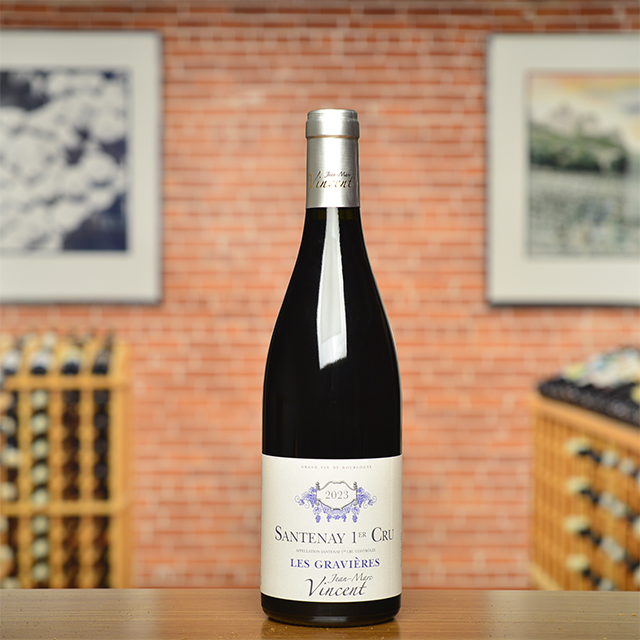Notify me
Prosecco Superiore Brut
Sommariva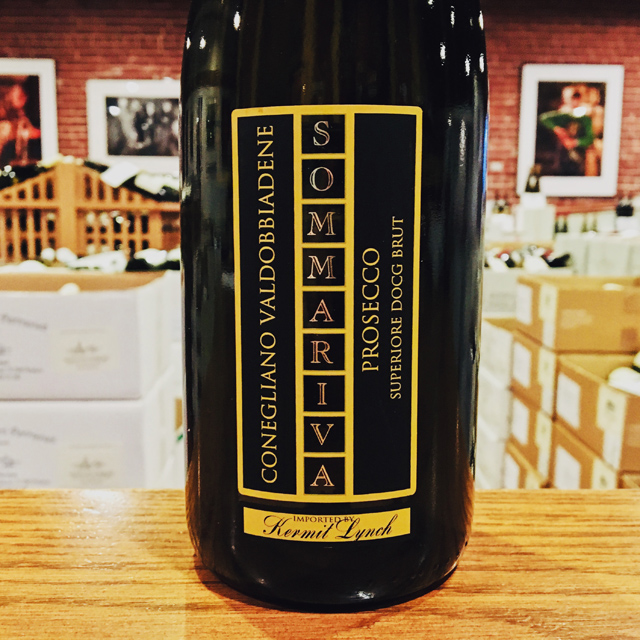
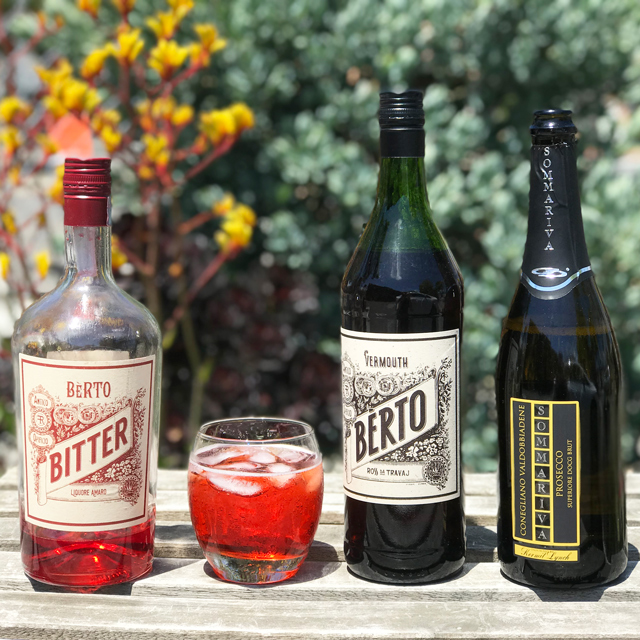
All those words after “Prosecco” may be a mouthful, but they are of critical importance. This appellation designates the most qualitative zone for producing Prosecco, a series of dramatically steep slopes in the foothills of the Dolomites whose wines are subject to strict DOCG quality standards. Representing less than a quarter of the total land planted to Prosecco—crucially, excluding the vast, fertile plains to the south—this area is home to breathtaking hillside vineyards that are on another planet when it comes to terroir. It is only logical that, like the Côte d’Or and the Langhe, the Conegliano Valdobbiadene subzone has been granted UNESCO World Heritage status.
All this to say that Prosecco is not generic sparkling wine, and Sommariva is not generic Prosecco—pour a round of this gentle, floral, enlivening Superiore DOCG to see what I mean.
—Anthony Lynch
| Wine Type: | sparkling |
| Vintage: | NV |
| Bottle Size: | 750mL |
| Blend: | Glera |
| Appellation: | Prosecco di Conegliano-Valdobbiadene Superiore |
| Country: | Italy |
| Region: | Veneto |
| Producer: | Sommariva |
| Winemaker: | Caterino & Cinzia Sommariva |
| Vineyard: | Up to 25 years |
| Soil: | Mineral-rich and Rocky Clay |
| Aging: | All vinification in stainless steel |
| Farming: | Sustainable |
| Alcohol: | 11.5% |
More from this Producer or Region

2024 Bardolino Chiaretto Rosé “Nichesole”
Italy | Veneto
With notes of white peach, red berries, melon, and grapefruit, this Chiaretto is the quintessential Italian rosato for a summer evening al fresco.

2022 Colli Trevigiani Verdiso Frizzante “Sui Lieviti Erti”
Italy | Veneto
You’ll be met with a charming texture and aromatics reminiscent of sweet, toasted bread.
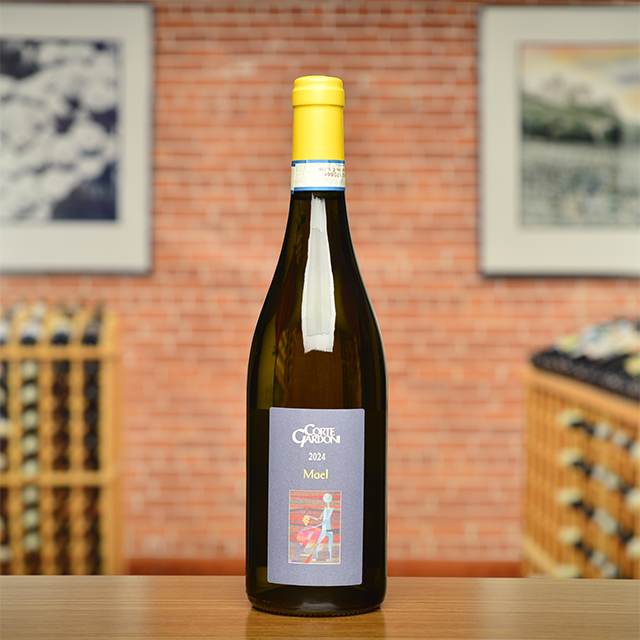
2024 Bianco di Custoza “Mael”
Italy | Veneto
November Adventures Club ~ A masterful blend of Garganega, Trebbiano, Trebbianello, and Riesling, this perfumed charmer punches far above its weight.

Prosecco Superiore Brut Magnum
Italy | Veneto
Sommariva’s Prosecco is an obvious choice when looking for a wine for a celebration, or simply to enliven the senses.

2017 Alzero Cabernet
Italy | Veneto
Fresh and vibrant, bursting with every imaginable fruit, ripe off the tree.

2024 Gambellara Classico “El Gian”
Italy | Veneto
Volcanic soils confer mouthwatering salinity to the Garganega grape in this racy, textured white.

2018 Amarone della Valpolicella Classico
Italy | Veneto
Quintarelli’s dry Amarone is the grandest expression of the Veronese hills, a full-bodied, kaleidoscopic wine, to be enjoyed with fine roasts and cheeses.
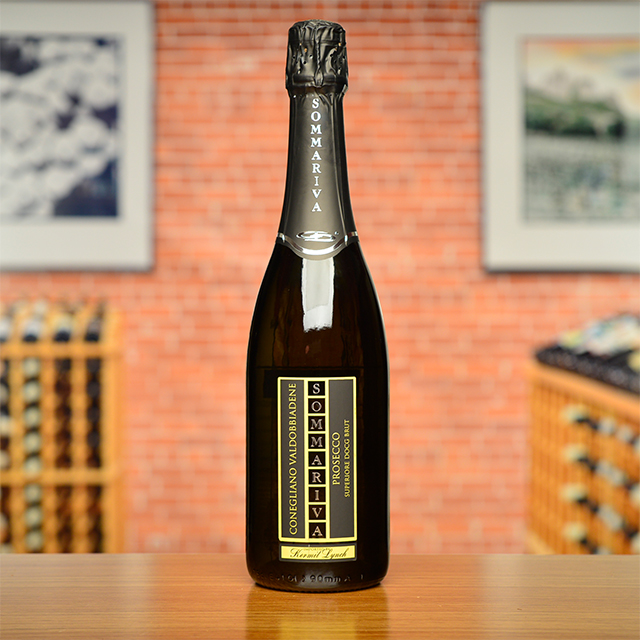
Prosecco Superiore Brut
Italy | Veneto
With its light and elegant notes of citrus and orchard fruit, this is one of the stand-out, exquisitely crafted wines of this region.

2023 Gambellara Classico “El Gian”
Italy | Veneto
Volcanic soils confer mouthwatering salinity to the Garganega grape in this racy, textured white.
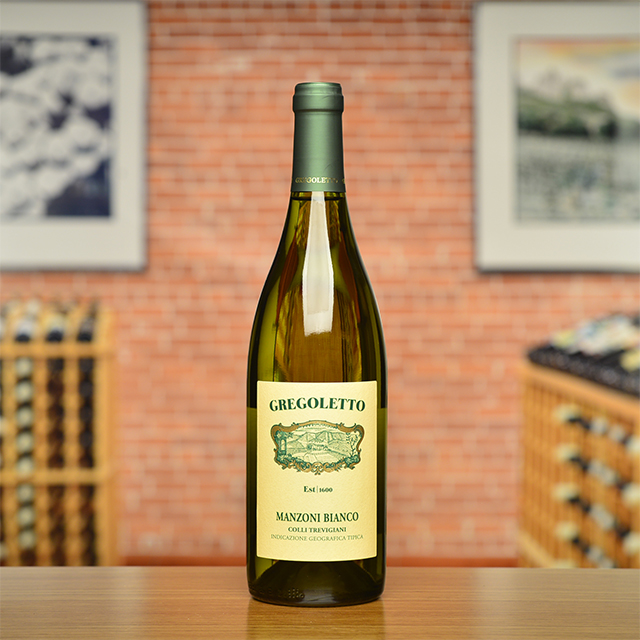
2023 Colli Trevigiani Manzoni Bianco
Italy | Veneto
The rare Manzoni Bianco grape at its purest: notes of lime blossom and lychee, a silky texture, and mouthwatering minerality.
About The Producer
Sommariva
About The Region
Veneto

Italy’s most prolific wine region by volume, the Veneto is the source of some of the country’s most notorious plonk: you’ll find oceans of insipid Pinot Grigo, thin Bardolino, and, of course, the ubiquitous Prosecco. And yet, the Veneto produces the highest proportion of DOC wine of any Italian region: home to prestigious appellations like Valpolicella, Amarone, and Soave, it is capable of excelling in all three colors, with equally great potential in the bubbly and dessert departments.
With almost 200,000 acres planted, the Veneto has a wealth of terroirs split between the Po Valley and the foothills of the Alps. While the rich soils of the flatlands are conducive to mechanization, high yields, and mass production of bulk wine, the areas to the north offer a fresher climate and a diversity of poor soil types, ideal for food-friendly wines that show a sense of place. Whether it’s a charming Prosecco Superiore from the Glera grape, a stony Soave or Gambellara from Garganega, or a Corvina-based red in any style, the Veneto’s indigenous grape varieties show real character when worked via traditional production methods.
Since his first visit in 1979, Kermit has regularly returned to the Veneto to enjoy its richness of fine wines and local cuisine. Our collaboration with Corte Gardoni, our longest-running Italian import, is a testament to this. The proximity of beautiful cities like Verona and Venice, with their deep culinary heritage, certainly doesn’t hurt, either.
More from Veneto or Italy
2018 Amarone della Valpolicella Classico
Giuseppe Quintarelli Italy | Veneto
2015 Recioto della Valpolicella Classico
Giuseppe Quintarelli Italy | Veneto
2024 Bianco di Custoza “Mael”
Corte Gardoni Italy | Veneto
2017 Alzero Cabernet
Giuseppe Quintarelli Italy | Veneto
2021 Veneto Frizzante “Primo Incontro”
Davide Vignato Italy | Veneto
2008 Rosso Cà del Merlo
Giuseppe Quintarelli Italy | Veneto
2015 Recioto della Valpolicella Classico HALF BOTTLE
Giuseppe Quintarelli Italy | Veneto
2018 Valpolicella Classico Superiore
Giuseppe Quintarelli Italy | Veneto
2024 Custoza “Greoto”
Corte Gardoni Italy | Veneto
2023 Gambellara Classico “El Gian”
Davide Vignato Italy | Veneto
2023 Colli Trevigiani Manzoni Bianco
Gregoletto Italy | Veneto
2022 Colli Trevigiani Verdiso Frizzante “Sui Lieviti Erti”
Gregoletto Italy | Veneto
2018 Amarone della Valpolicella Classico
Giuseppe Quintarelli Italy | Veneto
2015 Recioto della Valpolicella Classico
Giuseppe Quintarelli Italy | Veneto
2024 Bianco di Custoza “Mael”
Corte Gardoni Italy | Veneto
2017 Alzero Cabernet
Giuseppe Quintarelli Italy | Veneto
2021 Veneto Frizzante “Primo Incontro”
Davide Vignato Italy | Veneto
2008 Rosso Cà del Merlo
Giuseppe Quintarelli Italy | Veneto
2015 Recioto della Valpolicella Classico HALF BOTTLE
Giuseppe Quintarelli Italy | Veneto
2018 Valpolicella Classico Superiore
Giuseppe Quintarelli Italy | Veneto
2024 Custoza “Greoto”
Corte Gardoni Italy | Veneto
2023 Gambellara Classico “El Gian”
Davide Vignato Italy | Veneto
2023 Colli Trevigiani Manzoni Bianco
Gregoletto Italy | Veneto
2022 Colli Trevigiani Verdiso Frizzante “Sui Lieviti Erti”
Gregoletto Italy | Veneto
Kermit once said...

Kermit once said...
For the wines that I buy I insist that the winemaker leave them whole, intact. I go into the cellars now and select specific barrels or cuvées, and I request that they be bottled without stripping them with filters or other devices. This means that many of our wines will arrive with a smudge of sediment and will throw a more important deposit as time goes by, It also means the wine will taste better.










